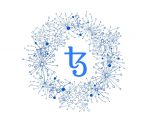Advertising is a huge industry, growing by roughly $50 billion each year. The total ad expenditure is estimated to reach $630 billion by the end of 2018. Zenith Media predicts a 4,6% rise in advertising spending this year. Additionally, in 2017 for the first time, digital advertising was higher than traditional advertising, signalling a shift towards a new, digital age. Advertising is getting more difficult every year. The first banner ad in the ’90s had an astounding click rate of 44%, while the current number rests somewhere near 0,07%, mostly due to a steep increase in competition. Moreover, the problems faced before are still causing headaches for advertisers, with fraud, poor resource management, and lack of transparency being the biggest issues.
| At eToro you can trade 49 currency pairs, including several cryptocurrencies. Join eToro |
Table of Contents
How bad is it?
In a word, pretty bad. Juniper Research has estimated that advertisers will lose a whopping $19 billion in 2018 to fraud. This reflects almost 10% of the overall spending on digital advertising. And the number may rise to $44 billion by 2022. Moreover, as a recent Adobe study finds, about 28% of traffic has probably been driven by bots, as it shows “non-human signals”, reports the WSJ. Even more depressing (for advertisers anyway) is the fact that about half of all internal ads are never seen by the public, and are instead lost to bots and fraud, comScore study finds.
Even mobiles are not safe from fraudulent installs, click flooding (click spam), or bot -driven attacks. As AppsFlyer finds, the first quarter of 2018 has seen a 30% increase in mobile fraud (compared to the quarterly average in 2017), constituting a roughly $700 – $800 million loss.
And finally, consumers simply developed an “ad blindness”, where despite an ad being visible, our eyes automatically skip it. Furthermore, more and more of us choose to use Adblockers, since we’re sick of random and often very in-your-face ads, or concerned about data-collecting practices.
Fraud, lower attention, increased competition… the future of advertising seems pretty bleak then, right? Well, perhaps not.
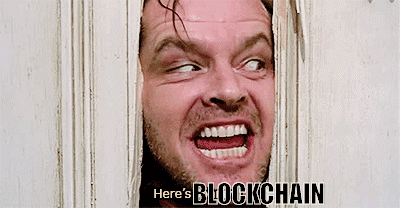
Better data management and transparency
Public blockchain enables data transparency. Both sides (advertisers and ad agencies) could see the exact number of impressions resulting from a given campaign, as well as where did the money go, and to whom. Consumers would have better access and decision power relating to whose ads they see.

An example of Blockchain application like this is Datum. Datum provides a blockchain-based data storage, data marketplace, and an app. By earning or using DAT tokens, native Datum currency, end-users can manage their data better. Product managers have the ability to reach the whole Datum network, reward users, and monetise data. And developers can create apps focused on privacy without expert knowledge. The data is secured on the decentralised Datum blockchain. And possibly the best feature, possibility to manage user data with a single line of code. What do individuals get? The decision power over our own data, including the ability to sell it. You can easily get DAT tokens on OKEx, CEX, Airswap (backed by ConsenSys), or a number of other platforms. A full (and continuously updated) list of available exchanges is provided here.
Fraud prevention
One of the big issues within digital advertising is spoofing. Fraudsters or shady ad agencies can substitute a real URL for a fake one during bid time, bots may show consumers a fake site with a familiar URL (and when an ad reads the URL it gets the fake one), or malware can inject ads via an infected device. One of the biggest ad frauds ever documented was Methbot, which was estimated to steal between $3 million and $5 million a day (!). The journey of an ad is similar to that of a product along a Supply Chain. Therefore, Blockchain with its immutable, transparent activity record, has significant potential in drawing out malicious processes and actors.
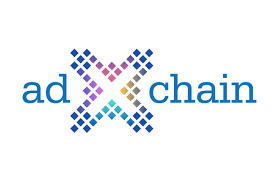 An interesting solution is provided by AdChain. The goal is to provide advertisers with a registry, called a token curated registry (TCR). It is a list of websites that have been validated to provide high-quality inventory for showing digital ads. The innovation lies in relying on the community to curate the registry. Anyone can add a website to the registry, which then may be challenged, in which case it goes to a vote. A rewards system incentivises participants to judge the websites fairly. You can easily add a website to the registry once you’ve purchased ADT tokens and added a Metamask extension. 1500 ADT tokens need to staked when adding a domain to the registry, which at the current price comes down to $20. You definitely do not need any expert knowledge, there are detailed, step-by-step guides on how to add and challenge a domain.
An interesting solution is provided by AdChain. The goal is to provide advertisers with a registry, called a token curated registry (TCR). It is a list of websites that have been validated to provide high-quality inventory for showing digital ads. The innovation lies in relying on the community to curate the registry. Anyone can add a website to the registry, which then may be challenged, in which case it goes to a vote. A rewards system incentivises participants to judge the websites fairly. You can easily add a website to the registry once you’ve purchased ADT tokens and added a Metamask extension. 1500 ADT tokens need to staked when adding a domain to the registry, which at the current price comes down to $20. You definitely do not need any expert knowledge, there are detailed, step-by-step guides on how to add and challenge a domain.
| At eToro you can trade 49 currency pairs, including several cryptocurrencies. Join eToro |
Improved Targeting
The market is now dominated by very few behemoth companies, such as Google or Facebook, which rule over a big chunk of the advertising market. Blockchain’s transparency, mentioned earlier, comes to shine here. The technology would allow providing exact, verified information derived from validated data.
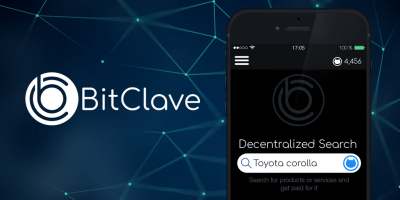
BitClave is trying to implement such a solution. It draws on the issues currently plaguing the advertising industry, where advertisers pay for digital advertising, but poor targeting results in a low conversion rate, while consumers receive irrelevant ads, all the while sharing their data, not knowing how valuable it really is. The company has created a win-win blockchain-based solution – BitClave’s Active Search Ecosystem, or BASE. By offering an open, public, decentralised marketplace, both sides prosper. End-users receive more relevant offers and are rewarded for sharing their personal data. Businesses, on the other hand, can achieve better customer acquisition and retention rates. The company vision of a decentralised marketplace with win-win situations for all participants is also reflected in BitClave’s other products. Desearch is world’s first crypto-focused search engine (with no ads). And MatchICO allows you, after entering your preferences, to receive personalised offers from upcoming ICOs and even receive CAT tokens in exchange for your data. And from the other side, ICOs can easily find interested contributors, without spending huge sums of money on inefficient advertising.
“You are not a product”
Arguably, one of the most important trends in advertising and marketing is the global mindset shift of consumers. After years of giving away our personal data without much thought, it’s becoming clear how valuable our personal data actually is.
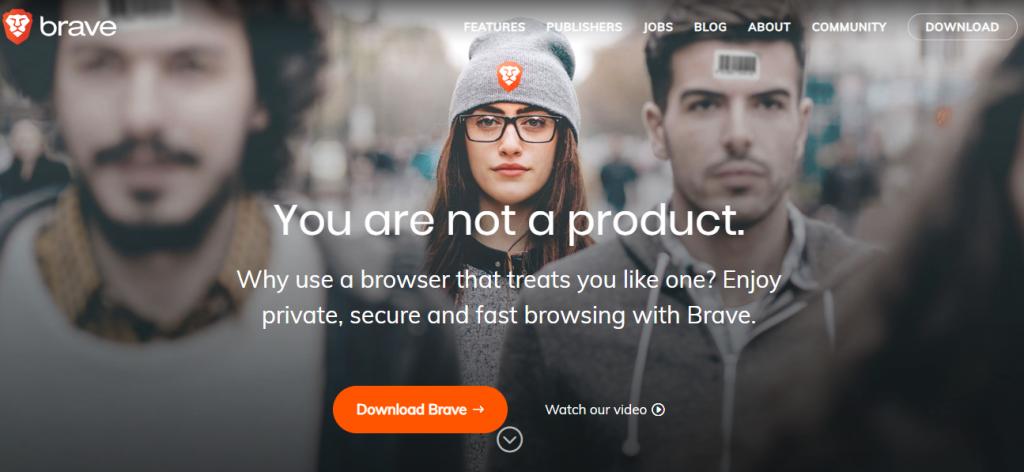 The Brave browser is one of the solutions. While it is a separate browser and not an extension, the Brave browser offers several advantages that may convince you to try it out. Sites load faster, the popular ones up to 8x faster than Chrome or iOS (tests to confirm are readily available on the front page). It is also more secure compared to other browsers. One of the main goals of the company is privacy protection. The service cannot see or store your data (and therefore, of course, cannot sell it). It also blocks ads and trackers. An interesting optional feature is Brave Payments, where an end-user chooses an amount to be given to his or her favourite sites (from a few dollars/month and up). The browser automatically distributes that amount to the websites you visit based on the length of your stay. You can also create a set percentage to be paid each month to the websites you choose. All the transactions made in this process are anonymous, invisible to anyone including Brave. It is an interesting solution to monetising content without showing ads. You can download Brave here.
The Brave browser is one of the solutions. While it is a separate browser and not an extension, the Brave browser offers several advantages that may convince you to try it out. Sites load faster, the popular ones up to 8x faster than Chrome or iOS (tests to confirm are readily available on the front page). It is also more secure compared to other browsers. One of the main goals of the company is privacy protection. The service cannot see or store your data (and therefore, of course, cannot sell it). It also blocks ads and trackers. An interesting optional feature is Brave Payments, where an end-user chooses an amount to be given to his or her favourite sites (from a few dollars/month and up). The browser automatically distributes that amount to the websites you visit based on the length of your stay. You can also create a set percentage to be paid each month to the websites you choose. All the transactions made in this process are anonymous, invisible to anyone including Brave. It is an interesting solution to monetising content without showing ads. You can download Brave here.
| At eToro you can trade 49 currency pairs, including several cryptocurrencies. Join eToro |
Next step: getting paid to watch ads
Knowing the value of data, some companies started to ask: “What if we paid users to watch ads?”.
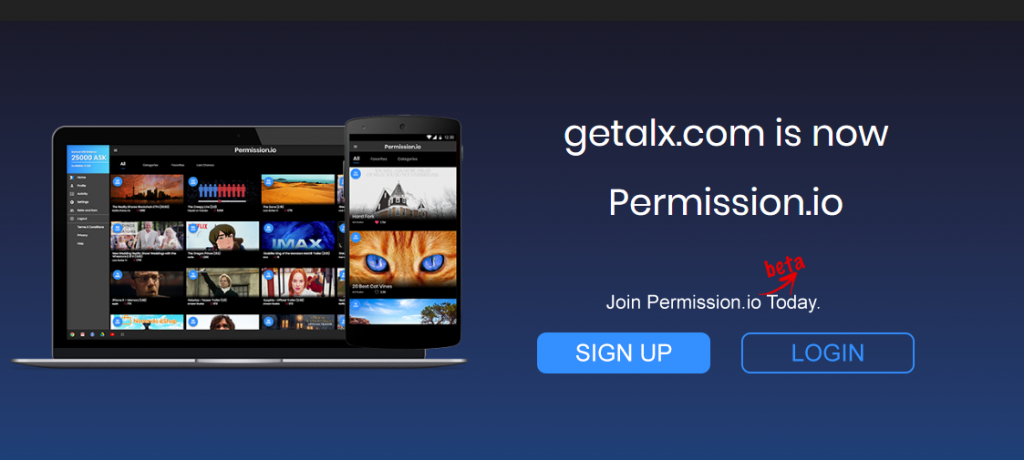 Permission.io is one of the solutions. On the platform, marketers provide their content (ads), preferred target audience, and a budget. End-users (consumers) allow marketers to show them ads based on their profiles. In exchange for viewing an ad, the end-users receives ASK tokens. Advertisers receive anonymised analytics. The solution is currently in its beta version. Permission is also a media company, as users can pay with ASK tokens to watch movies or listen to music. At the later stages, the company plans to reward referrers and recommenders, as well as encourage independent content providers to advertise their content on the platform as well.
Permission.io is one of the solutions. On the platform, marketers provide their content (ads), preferred target audience, and a budget. End-users (consumers) allow marketers to show them ads based on their profiles. In exchange for viewing an ad, the end-users receives ASK tokens. Advertisers receive anonymised analytics. The solution is currently in its beta version. Permission is also a media company, as users can pay with ASK tokens to watch movies or listen to music. At the later stages, the company plans to reward referrers and recommenders, as well as encourage independent content providers to advertise their content on the platform as well.
If getting rewarded for watching ads sounds interesting, I’ll refer you to this article, humorously titled How Do I Get Paid For My Data? (Explain Like I’m 5). It extensively covers most of the questions that may come to mind of potential and first-time users.
Conclusion
Although Blockchain may improve advertising, and there are several successful use cases, the technology still needs to develop to reach the full potential within the advertising industry. One of the main challenges relates to the number one issue of Blockchain in general, speed. One of the most popular ways of competing for advertising space is real-time bidding, which takes milliseconds. The current speed of Blockchain doesn’t allow for such a quick verification.
Some of the issues facing the advertising industry are not going away. Competition is not decreasing any time soon, and our attention span shows no signs of getting longer (on the contrary, it gets shorter and shorter, down to roughly 8 seconds now). This not to say that the future of advertising looks hopeless. This article has shown that Blockchain can aid in some of the issues, such as better fraud prevention and improved data management and targeting. What advertisers need to come to terms with is that consumers are slowly realising the value of their attention. And therefore, future advertising needs to account for this.










